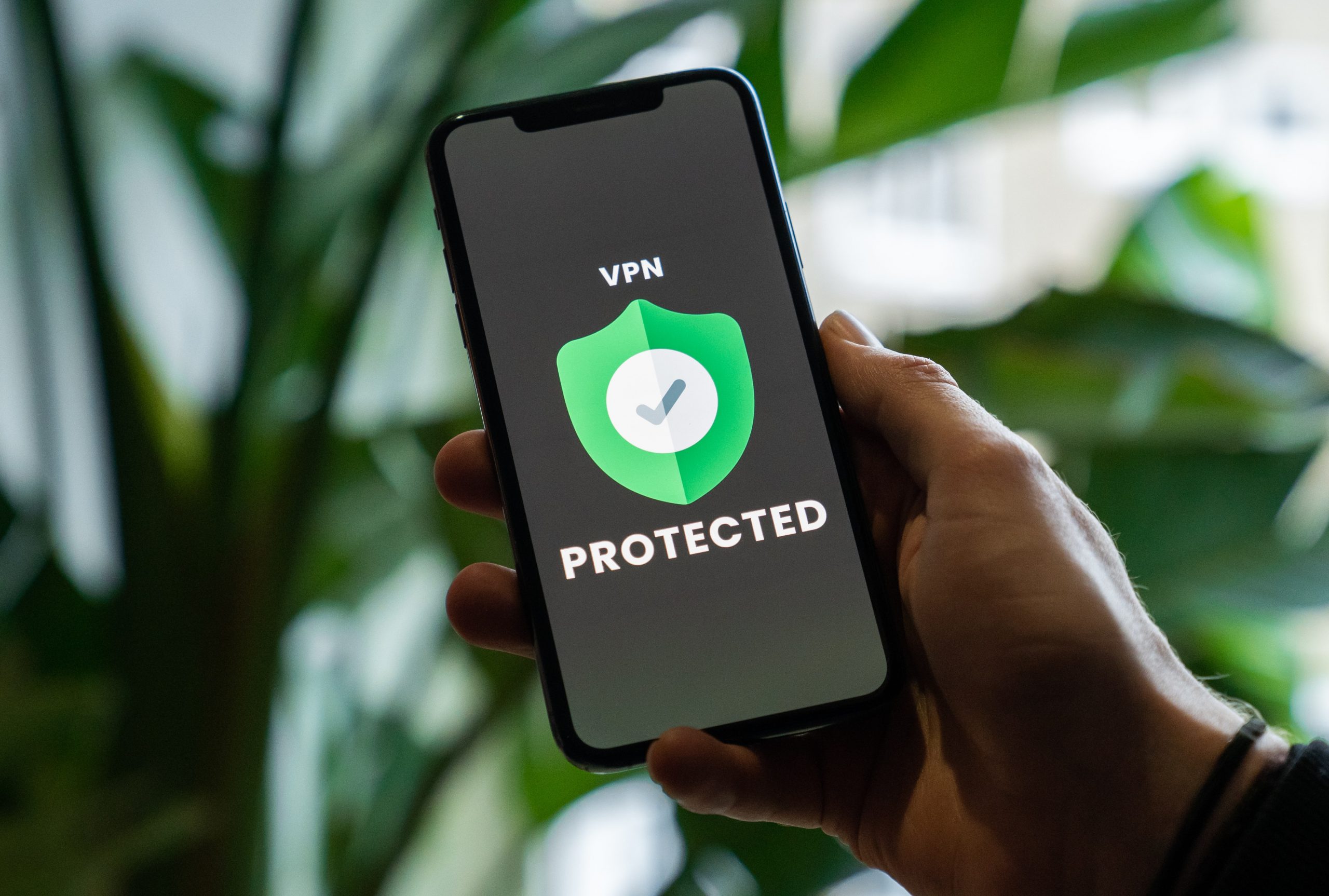
CyberSafety Notice
#UpdatesHow to Safeguard Your Plan Information and Plan Assets
The Teamster Members Retirement Plan (TMRP) Plan Office and its service providers have in place various privacy, security, and anti-fraud measures to safeguard your confidential information and the TMRP’s assets. You are also responsible for taking reasonable measures to keep your information secure in cyberspace. Your personal information (including your name, date of birth, Social Security number, and bank account or other financial information), account login information (user IDs, passwords, PINs, security questions, etc.), and contact information (mailing address, phone number, and e-mail address) are valuable to criminals who may want to impersonate you or steal from you. The following are some of the steps you can take to help protect your identity and financial security:
- Register, set up, and check your online accounts frequently. Activate any enhanced security features such as multi-factor authentication and automatic account lock, if available.
- Use strong and unique passwords. Do not share, repeat, or reuse passwords. Change passwords frequently or after a security breach.
- Keep your personal and beneficiary contact information (name, mailing address, phone number, and e-mail address) current with the Plan Office. Notify the Plan Office as soon as possible after you move, change jobs, or retire.
- Immediately report any unusual or suspicious activity to the Plan Office, for example, suspicious activity on the account to which you receive direct deposits from the TMRP.
- Safeguard your personal information and beware of fraudsters and scammers. If you discover or suspect your personal information has been exposed or if you have been the victim of financial fraud, identity theft, or a security breach that could affect your retirement benefits, please notify the Plan Office immediately.
- Consider shredding or otherwise securely disposing of all documents containing personal or sensitive information.
- Practice safe computing habits. These include: accessing your accounts through secure, private network connections only, turning on your firewall, and keeping your antivirus and other software up to date.
- Carefully review and follow security requirements and recommendations in notices and alerts you receive from the Plan or other service providers.
Please contact the Plan Office if you have any questions.
